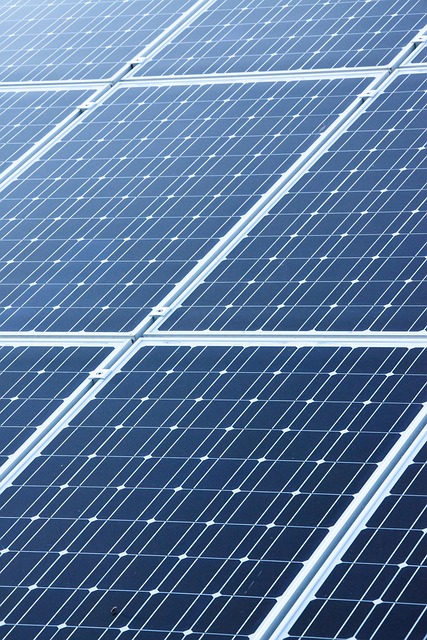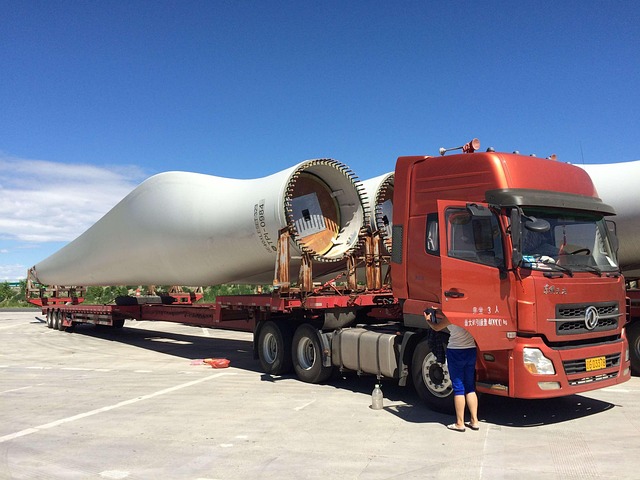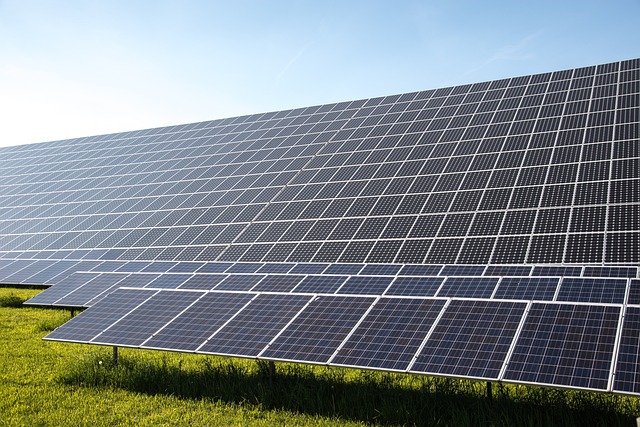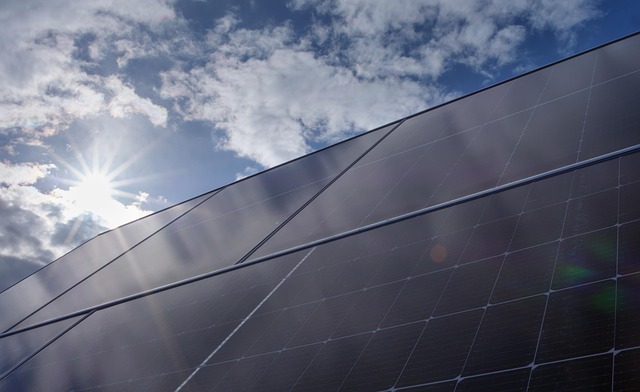
Solar Energy Myths Debunked: What You Need to Know
As the world shifts towards more sustainable energy sources, solar energy has emerged as one of the most promising alternatives to fossil fuels. However, despite its growing popularity, there are still many misconceptions surrounding solar energy. These myths can discourage potential users from exploring solar technology and harnessing its benefits. In this comprehensive article, we will dissect these myths, providing clarity and accurate information about solar energy.
Understanding Solar Energy
Before diving into the myths, it’s essential to understand what solar energy is and how it works. Solar energy is the energy harnessed from the sun’s rays through solar panels, which convert sunlight into electricity or heat. This renewable energy source is clean, sustainable, and increasingly affordable, making it an attractive option for both homeowners and businesses.
Myth 1: Solar Energy is Only Effective in Sunny Areas
A common misconception about solar energy is that it can only be harnessed in sunny regions. While it’s true that solar panels produce more electricity in direct sunlight, they can still generate power on cloudy or rainy days. Solar panels rely on daylight rather than direct sunlight, and they can effectively capture and convert diffuse sunlight.
In fact, countries like Germany and the United Kingdom, which experience lower sunlight levels, have successfully integrated solar energy into their energy mix. With advancements in technology, solar panels have become more efficient in lower light conditions, making solar energy accessible even in less sunny locales.
Myth 2: Solar Panels are Too Expensive
Another prevalent myth is that solar panels are prohibitively expensive. While the initial cost of purchasing and installing solar panels can appear high, it’s essential to consider the long-term savings and incentives available. Over the past decade, the cost of solar panels has dropped significantly, thanks to advancements in technology and increased competition in the market.
Additionally, various government incentives, tax credits, and financing options can help offset the initial investment. Many homeowners experience substantial savings on their electricity bills after switching to solar energy, which can ultimately make the system pay for itself over its lifespan, typically ranging from 25 to 30 years.
Myth 3: Solar Energy Requires a Lot of Maintenance
Some individuals believe that solar energy systems require constant upkeep and maintenance. However, this is largely a myth. Solar panels have no moving parts, which means they are relatively low maintenance. Regular cleaning to remove dirt or debris, periodic inspections, and minor repairs if necessary are generally all that is required.
Most reputable solar panel manufacturers offer warranties that last for 20-25 years, and once installed, a solar energy system can function efficiently with minimal intervention. The electrical components, such as the inverter, may need replacement after several years, but overall maintenance is far less demanding than many realize.
Myth 4: Solar Energy is Inefficient
Efficiency is often a concern when discussing solar energy, but the technology has improved dramatically over the years. Modern solar panels can convert approximately 20-22% of sunlight into electricity, with some high-performance models achieving efficiency rates over 23%. Continuous innovation in solar technology is leading to even more efficient panels.
While this efficiency may seem low compared to the energy source, it’s essential to consider that solar energy is a renewable resource. Even with the current efficiency rates, solar energy systems can produce significant amounts of electricity over their operational lifetime, especially in areas with ample sunlight.
Myth 5: Solar Energy is Bad for the Environment
Some skeptics argue that solar energy is not as environmentally friendly as it seems, mainly due to the materials involved in the production of solar panels. While it’s true that the manufacturing process for solar panels does produce some environmental impact, this is dwarfed by the clean energy produced over their lifetime.
Solar energy significantly reduces greenhouse gas emissions compared to fossil fuels, contributing to a healthier planet. Furthermore, many companies are working towards making the production of solar panels more sustainable by using non-toxic materials and developing recycling processes.
Myth 6: You Need a Battery to Store Solar Energy
While battery storage can enhance the functionality of a solar energy system, it is not a necessity for all users. Grid-tied solar energy systems allow homeowners to store excess energy produced during the day for use at night or during cloudy weather. When excess energy is generated, it can be fed back into the grid, often allowing homeowners to earn credits through net metering programs.
For those who want independence from the grid or live in remote areas, batteries offer a valuable option. However, many people can rely solely on their grid connection to manage their energy needs without the added cost of battery storage.
Myth 7: Solar Energy Only Benefits Homeowners
While individual homeowners are significant beneficiaries of solar technology, the advantages of solar energy extend far beyond personal residences. Businesses, schools, and even municipalities can implement solar energy solutions to reduce operating costs and their carbon footprint.
Many commercial enterprises have already adopted solar solutions, significantly reducing their energy expenses and enhancing their brand image as environmentally responsible institutions. Furthermore, incorporating solar energy into community projects or initiatives can promote local job growth and economic development within the clean energy sector.
Myth 8: Solar Energy is Only for the Wealthy
This myth stems from the perception that solar energy systems are an expensive investment. However, with decreasing costs and various financing options such as solar loans and leases, solar energy is more accessible than ever. Programs specifically designed to assist low-income households with solar installation exist in many regions, enabling broader demographic participation in solar energy adoption.
Moreover, community solar projects allow groups of individuals to collectively invest in larger solar installations, making solar energy a viable and affordable option for those who may not have the means to install systems on their properties.
Myth 9: Solar Energy is a Fad
Despite some claims that solar energy is a passing trend, evidence suggests otherwise. Governments worldwide are actively promoting renewable energy investment to combat climate change, reduce reliance on fossil fuels, and create sustainable energy policies. Various nations have set ambitious targets to increase the share of renewables in their energy mix.
As technology continues to develop and public awareness grows, solar energy is likely to become increasingly mainstream. The solar industry has also demonstrated resilience during economic fluctuations, indicating a stable future in the energy landscape.
Conclusion
In conclusion, the myths surrounding solar energy often stem from misunderstanding or outdated information. By debunking these myths, potential users can recognize the reality of solar energy—its efficiency, affordability, low maintenance, and positive environmental impact. As global energy demands grow, embracing solar energy as a viable and sustainable option is not just beneficial; it’s necessary.
Transitioning to solar energy can significantly decrease reliance on fossil fuels while providing long-term savings. By understanding the truths about solar energy, individuals and organizations can make informed decisions that benefit both their wallets and the planet.



